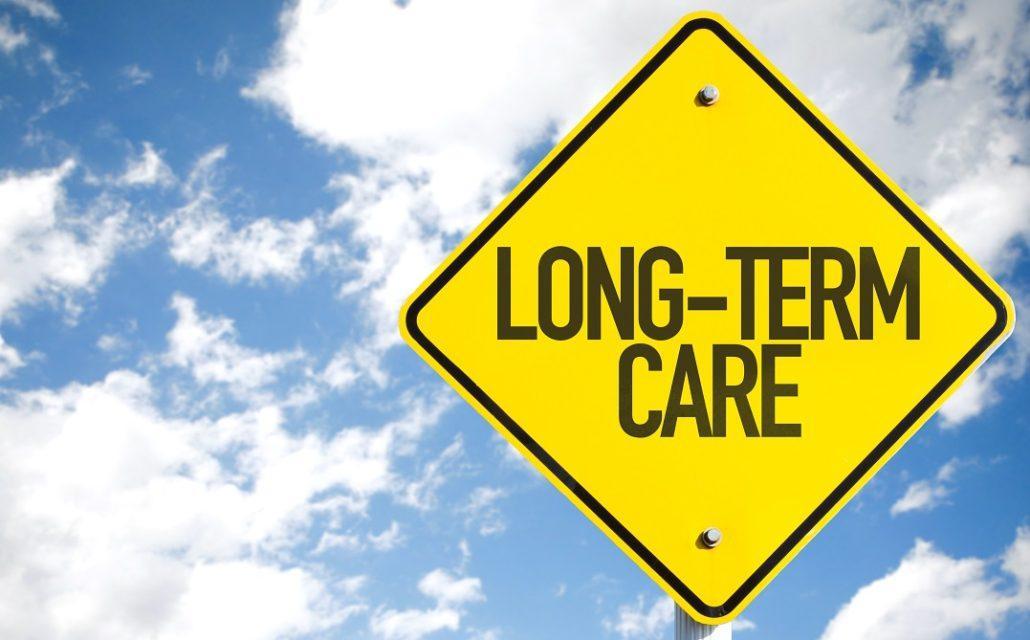In 2014, the Legislature passed HB 2192, legislation sponsored by Rep. Norma Smith requiring state agencies that issue permits to publically post them and provide more assistance for applicants who need help. Additionally, the bill required agencies to track how long it takes to issue permits, from application to completion, identify the permits in most need of improvement and develop metrics to improve.
The goal of the bill was to improve transparency, provide greater predictability and set a clear path forward to improve the turnaround of permits.
Last month, the Governor’s Office for Regulatory Innovation and Assistance (ORIA) presented the “Permit Timeliness Report 2016” to the House Technology & Economic Development Committee summarizing how well agencies complied with the requirements of HB 2192.
Fourteen state agencies that issue 151 types of permits were required to participate in the bill. They reported data for 448,290 applications. Overall, improvements were made and taxpayers were better served by the state agencies they fund. The ORIA report noted that each agency developed or implemented improvements to increase the timeliness of permitting.
The reporting exercise required by HB 2192 has been useful in forcing agencies to track and provide an accounting of how quickly they are turning around permit applications, as well as spurring agencies to make some improvements on permit approval because of that transparency.
While HB 2192 was focused on transparency and accountability of the permitting processing, the bill did not call for agencies to target specific timelines for improvement, but instead only to identify those that needed to be improved.
The Legislature should now be more prescriptive in setting targets and goals for permit application improvement, and the stage has been nicely set to begin considering what phase two of regulatory reform efforts would look like.
A long-term solution should be to set permit timelines that agencies must follow, with an automatic approval penalty for the agency if they fail to meet the deadline. For instance, if a permit was assigned a 14-day approval timeline, failure of the agency to approve the permit within that time would result in the automatic approval of the permit. Another possible penalty could be the forfeiture of all normal agency fees charged for the permit application.
Of course, agencies and other regulatory advocates would likely vigorously resist such a provision. As of now, there is no consensus on what criteria should be used to improve permitting, and getting there would entail some significant input from various stakeholders. This is definitely a longer term project.
In the short term, a good next step would be to simply require the 14 agencies to post the average and maximum permitting times of each permit on the permit application page. This would allow permit applicants to immediately know the time frame (best case, worst case and average scenario) they are facing and enable them to plan accordingly. These timelines would not be set requirements for agencies, rather simply guidelines for users.
Another good idea would be to require each agency to post permit status updates online so users could easily check their progress. And including a customer satisfaction survey with each permit that goes to ORIA would provide great feedback on where users are experiencing difficulties in their permitting process and help agencies figure out where they need to improve. Other requirements to consider are including a checklist needed to complete the application, and providing examples of successful applications online.
Each of these recommendations would make it easier for businesses to understand, and prepare for, the permitting process that they are dependent on to do business legally.
None of these recommendations are unreasonable. In fact, they are all recommendations of state Auditor Troy Kelley’s 2013 permitting audit, “Regulatory Reform: Improving Permit Timeliness.” If lawmakers are serious about improving the state’s regulatory climate, these easy fixes would be a much appreciated second step that would signal the state’s appreciation for the nearly 300,000 employers that employ more than 2.7 million workers.





